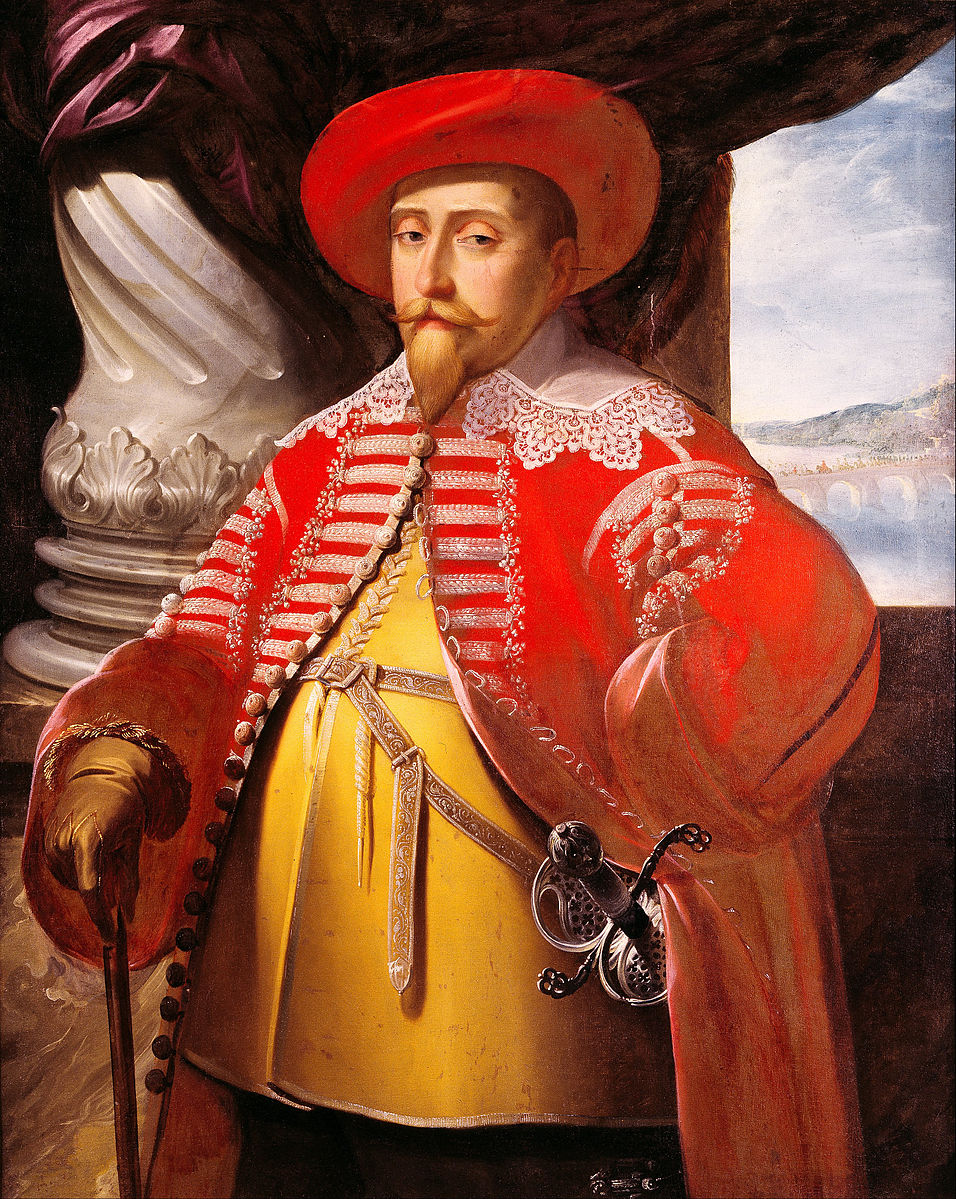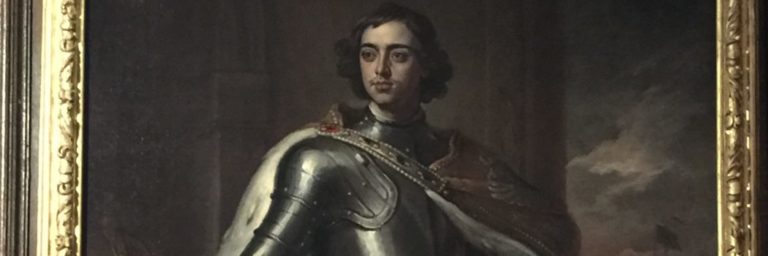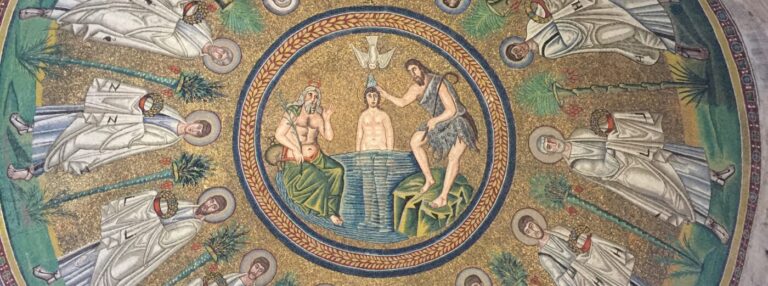In the midst of the virtual non-stop European warfare of the 16th and 17th Century, Sweden played a small but critically timed part that may have changed the course of religious history. It is a story worth telling.
In 1489, Ferdinand I of Aragon refused to pay his papal dues. Pope Innocent VIII excommunicated him and offered the crown of Southern Italy, which had been under Ferdinand’s control, to Charles VIII of France. That set off 65 years of conflict in southern Europe collectively referred to as the Italian Wars. The participants included Aragon, France, the Pope, the Holy Roman Emperor, Venice, Milan, Florence, Lombardy, Spain, Britain, Austria and even the Ottoman Empire. Alliances shifted to suit the egos and the sense of advantage, entirely dictated by power politics.
In the midst of the squabble, Pope Julius II began to sell “indulgences” to finance the war chest of the Papal States. In theory, the purchase of an indulgence would guarantee salvation for the willing buyer. The banner photo is an indulgence displayed at St. Stephen’s Cathedral in Vienna.
This and other perceived shortcomings of the Holy See drove a young priest in Wittenberg, Germany, named Martin Luther, to challenge the moral authority of the Pope with his 95 Theses. It is pretty clear his intention was reform. Instead, he touched off a revolution. The year was 1517 CE. His personal defense of his radical position is described in Here I Stand – A Life Of Martin Luther.
Though originally composed and communicated to Church authorities in Latin, Luther’s supporters translated it into German and using one of those new-fangled printing presses, papered northern Germany with it. It quickly gained enormous popular support, including much of the northern German nobility. The impact of the vernacular languages to counter the Catholic influence, similar to the effect it had in Kievan Rus on behalf of the Orthodox Church, made a huge difference in the level of popular interest.
From an ecclesiastical perspective, Luther proposed that the pope was not necessary in the relationships between common men and God, and that the Bible was the source of divine guidance, not the clergy. This from a clergyman, himself. These new ideas became known as “Lutheranism”.
But, there was a new sheriff in town. Charles V, the Habsburg grandson of arch-Catholic monarchs Ferdinand and Isabella, was crowned Holy Roman Emperor and defender of the faith in June, 1519 CE. First, he tried to outlaw Lutheranism with the wave of his scepter, at the Diet of Worms in 1521 CE. No go. By 1526, he had quarreled with the Pope and relented on the intolerance. Then in 1529, he went back to intolerance. The German princes protested at the second Diet at Speyer, and became “Protestants”.
The movement spread across northern Europe, into the Netherlands and even Catholic France. The three Scandinavian countries all declared for Lutheranism. Other protestant versions, Calvinism and Anabaptists, sprung up. It looked like the genie was out of the bottle. Europe lapsed into decades of conflicts, including:
- The Schmalkaldic Wars,
- The French wars of Religion
- The Dutch Revolt, (80 Years War)
- The Cologne War
- The War of the Julich Succession
- The Franco-Spanish War
- The Anglo-Spanish War
Finally, in 1618 CE, the Thirty Years War erupted when The Holy Roman Emperor, Ferdinand II, another staunch Habsburg Catholic, decided to force an end to tolerance. Everybody piled in. In one of those fun ironies, Catholic Cardinal Richelieu of France was allied with the Protestant Dutch and Germans because he saw an opportunity to upend the Habsburgs of Austria and Spain, who he detested. Strange bedfellows! (The Thirty Years War: Europe’s Tragedy)
Ferdinand managed to get the upper hand militarily. He defeated Bohemia and the German Protestant Union. The French government put down the protestant Huguenots in southern France. Denmark launched an attack and was easily dismissed. The Holy Roman Empire was on the verge of stamping out Protestantism as a serious religious and political force in Europe by 1630 CE.

Imagine if they had been successful. It is possible the Roman Catholic Church would have been an even more significant spiritual and political force in world history than it has become. It is possible that Protestantism might have been reduced to small, insignificant minorities, tolerated by a paramount Roman Catholicism. It is interesting to consider. It didn’t happen.
King Gustavus Adolphus of Sweden ascended the throne in late 1611 CE, at age 16, in the middle of three wars, with Denmark, Poland, and Russia. During this warm-up, he re-invented his military organization and completely shifted the balance within his forces among infantry, cavalry, and artillery.
By 1628, his three practice rounds were done. His armies were very well drilled, and he had a gateway to Europe, having taken Livonia, (Estonia and Latvia), from Poland. The German protestant princes appealed to him to help against the Catholic forces. Whether motivated by any sense of spiritual imperative or just good ole’ power politics, Gustavus set sail.
In 1630, Gustavus landed his relatively modest, but extremely effective army on the shore of northern Germany. With lightning speed and sweeping power, his forces cleared the Catholic armies from Germany. In a year and a half, by late 1632, he had redrawn the map and preserved Lutheranism in northern Europe. The brilliance of his military actions became the new standard. He died on the battlefield, at age 37. This is one of those little-known, yet remarkably impactful tales of European history: The Lion of the North A tale of the times of Gustavus Adolphus)
It took the Swedes until 1648 CE to wrap up the Thirty Years War. When the smoke cleared, Sweden was the third largest country in Europe, behind Russia and Spain. It encompassed Finland, the Baltic States, the Russian Baltic coastline and a few duchies in northern Germany. It would be over 70 years before Peter the Great of Russia would humble Sweden in the Great Northern War and take back Livonia and the Baltic coastline. In 1809, the Russians would snag Finland. Sweden bullied Norway into a “personal union” in 1814, to penalize Denmark for supporting Napoleon. But, Norway went its own way in 1905.
In the mid 19th Century, Swedes fueled an immigration to America. Significant populations of Swedish descendants are evident in New England, Minnesota, and Washington State. Sweden is famous for its Nobel Prizes, some great electronics companies and ABBA – Gold: Greatest Hits.







